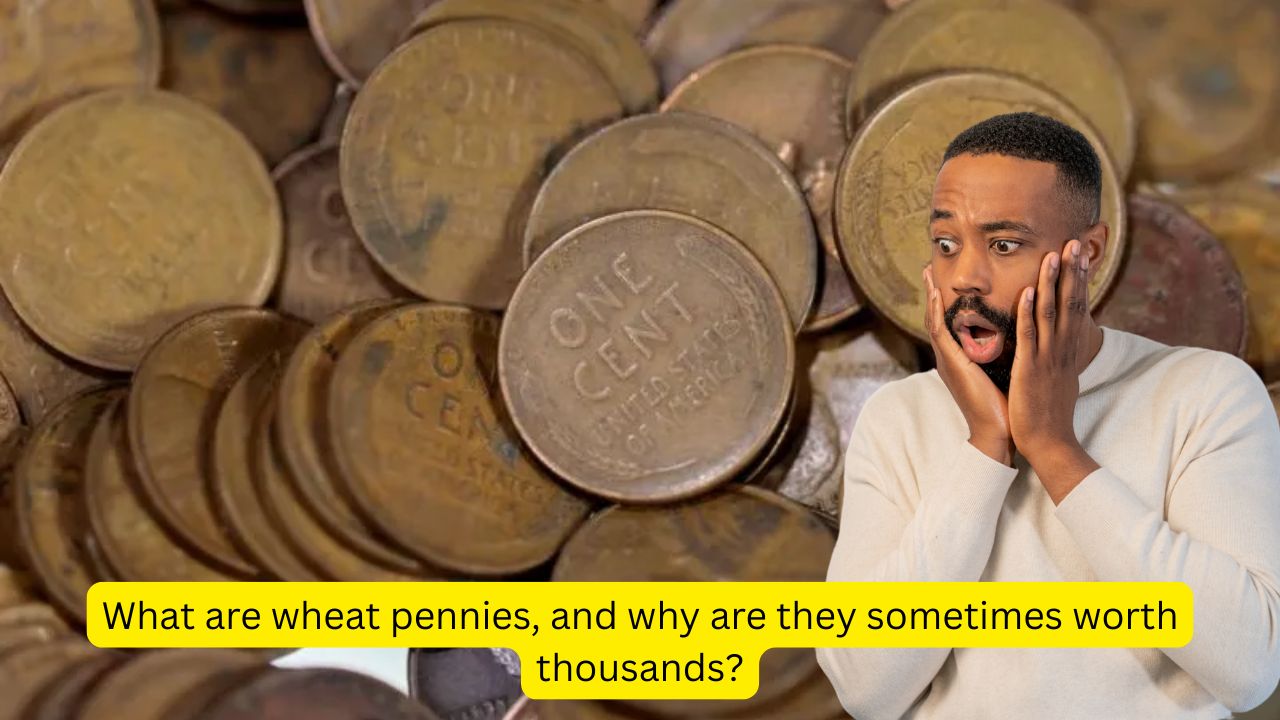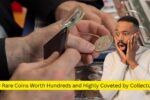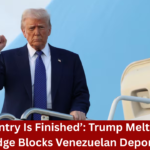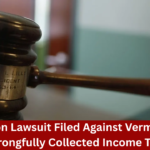(NEXSTAR) — While the U.S. might be on track to phase out the penny, that doesn’t mean you should start tossing your one-cent coins — especially if they feature a specific design element.
The penny has seen multiple design changes since its debut in 1793. The earliest versions displayed Lady Liberty on the front with a chain encircling the words “ONE CENT” on the back. That chain design was soon replaced by a wreath.
In the early 1900s, President Abraham Lincoln replaced Liberty on the front of the penny, introducing a new reverse design that included two sheaves of wheat — and it’s that wheat detail that could be key to turning your pocket change into profit.
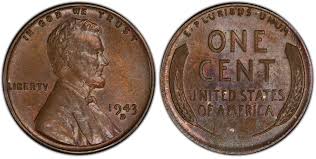
The U.S. may drop the penny: What happened in Canada?
Between 1909 and 1958, U.S. pennies featured two wheat ears on the reverse. They were later replaced by an image of the Lincoln Memorial in 1959, commemorating Lincoln’s 150th birthday.
Several notable varieties were minted during this period. Initially, the initials of sculptor Victor David Brenner appeared on the reverse, but due to controversy, they were removed. They reappeared in 1918, just below Lincoln’s shoulder — where they remain today.
In the early 1940s, due to World War II, the Mint switched to zinc-coated steel for pennies, reserving copper for military use.
Today, wheat pennies are among the most collected coins in the U.S. Even common ones fetch more than face value, according to Dave Sorrick, a coin expert from In God We Trust, LLC. However, some are worth thousands of times more.
Sorrick says the rarest wheat penny is from 1909, which could be valued between $700 and $1,500 depending on its condition. A graded, uncirculated 1909 wheat penny could command $2,000 to $3,000.
Back in January, a high-grade 1909 wheat penny from that series sold at auction for $99,000.
And some wheat pennies have brought in even more.
One 1943-D wheat penny, minted in Denver, sold for $840,000 in 2021, according to Heritage Auctions. What made it special? Instead of the usual zinc-coated steel used during the war, this one was mistakenly struck in bronze.
Another 1943 bronze penny, described as “problem-free,” sold for $264,000 earlier this year, Heritage Auctions noted.
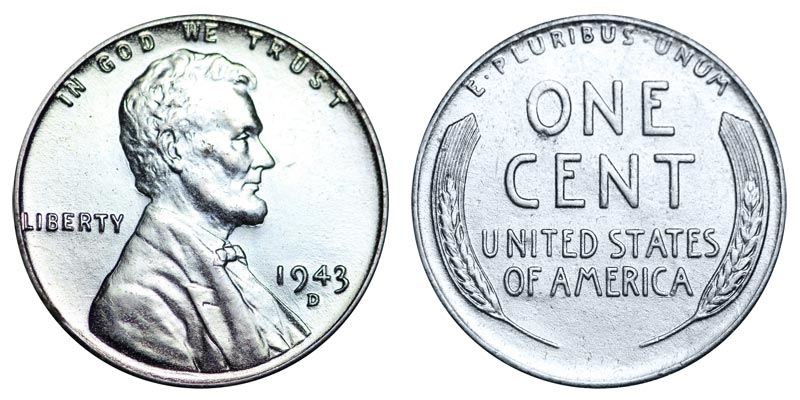
A rare 1944 wheat penny — made of steel, giving it a silver look — sold for $168,000 at auction this January. So, does this mean your collection of wheat pennies is a goldmine? Not quite.
While online guides can offer clues about a coin’s value, experts recommend speaking with a numismatist before trying to sell coins online. That advice also applies to any vintage currency you may be holding, said Dustin Johnson, vice president of numismatics at Heritage Auctions.
“Odd items are always set aside,” Johnson said, “but that doesn’t make them rare or terribly valuable.”
This article has been carefully fact-checked by our editorial team to ensure accuracy and eliminate any misleading information. We are committed to maintaining the highest standards of integrity in our content.

Vikas Lalit is an experienced content writer at OTE News, covering business, economy, and international affairs. With a degree in Journalism, he combines analytical thinking with engaging storytelling to deliver well-researched updates. Vikas is passionate about uncovering underreported stories that impact readers.
Outside of work, he enjoys playing chess, following cricket, and writing short stories. His commitment to integrity and in-depth analysis strengthens OTE News’ mission of providing trustworthy journalism.

